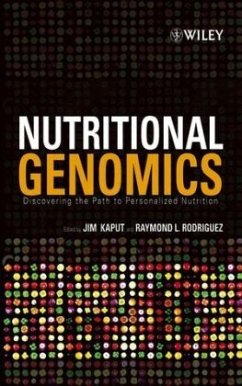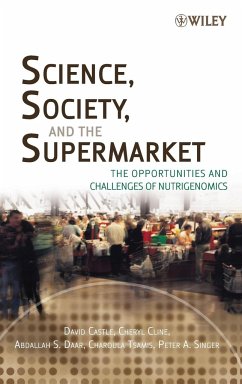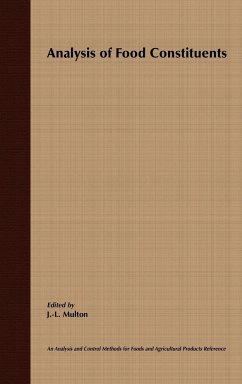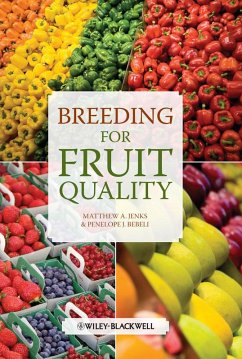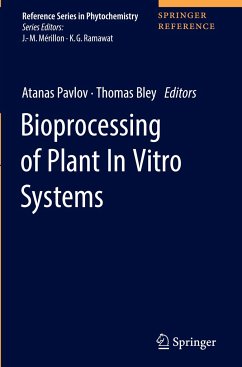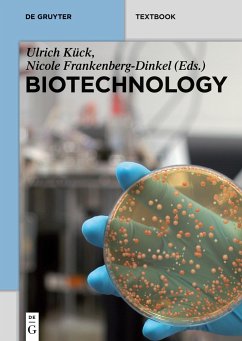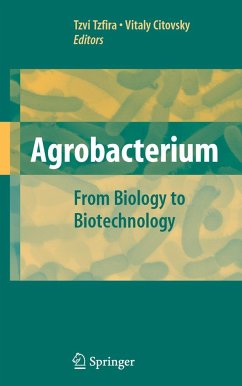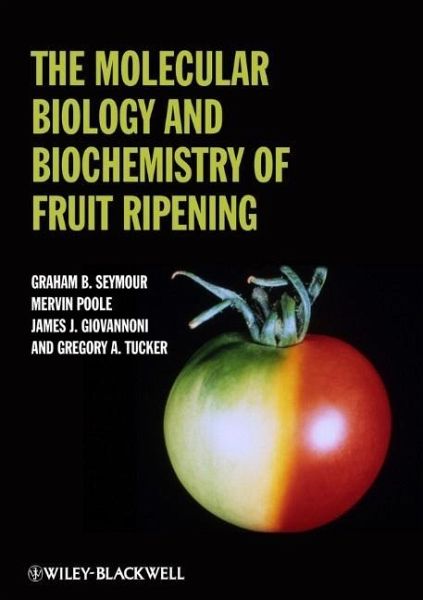
The Molecular Biology and Biochemistry of Fruit Ripening
Versandkostenfrei!
Versandfertig in über 4 Wochen
210,99 €
inkl. MwSt.
Weitere Ausgaben:

PAYBACK Punkte
105 °P sammeln!
A comprehensive and mechanistic perspective on fruit ripening, emphasizing commonalities and differences between fruit groups and ripening processes. Fruits are an essential part of the human diet and contain important phytochemicals that provide protection against heart disease and cancers. Fruit ripening is of importance for human health and for industry-based strategies to harness natural variation, or genetic modification, for crop improvement. This book covers recent advances in the field of plant genomics and how these discoveries can be exploited to understand evolutionary processes and...
A comprehensive and mechanistic perspective on fruit ripening, emphasizing commonalities and differences between fruit groups and ripening processes. Fruits are an essential part of the human diet and contain important phytochemicals that provide protection against heart disease and cancers. Fruit ripening is of importance for human health and for industry-based strategies to harness natural variation, or genetic modification, for crop improvement. This book covers recent advances in the field of plant genomics and how these discoveries can be exploited to understand evolutionary processes and the complex network of hormonal and genetic control of ripening. The book explains the physiochemical and molecular changes in fruit that impact its quality, and recent developments in understanding of the genetic, molecular and biochemical basis for colour, flavour and texture. It is a valuable resource for plant and crop researchers and professionals, agricultural engineers, horticulturists, and food scientists. Summary: * Reviews the physiochemical and molecular changes in fruit which impact flavour, texture, and colour * Covers recent advances in genomics on the genetic, molecular, and biochemical basis of fruit quality * Integrates information on both hormonal and genetic control of ripening * Relevant for basic researchers and applied scientists




